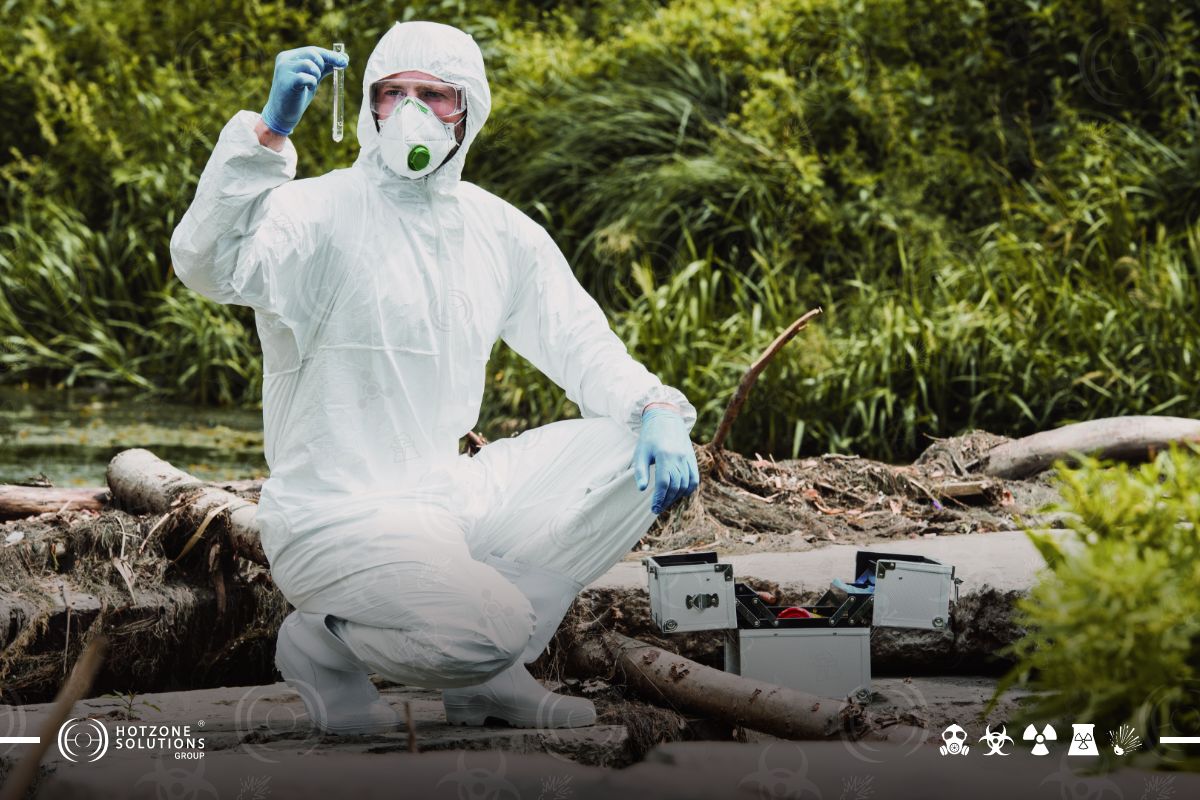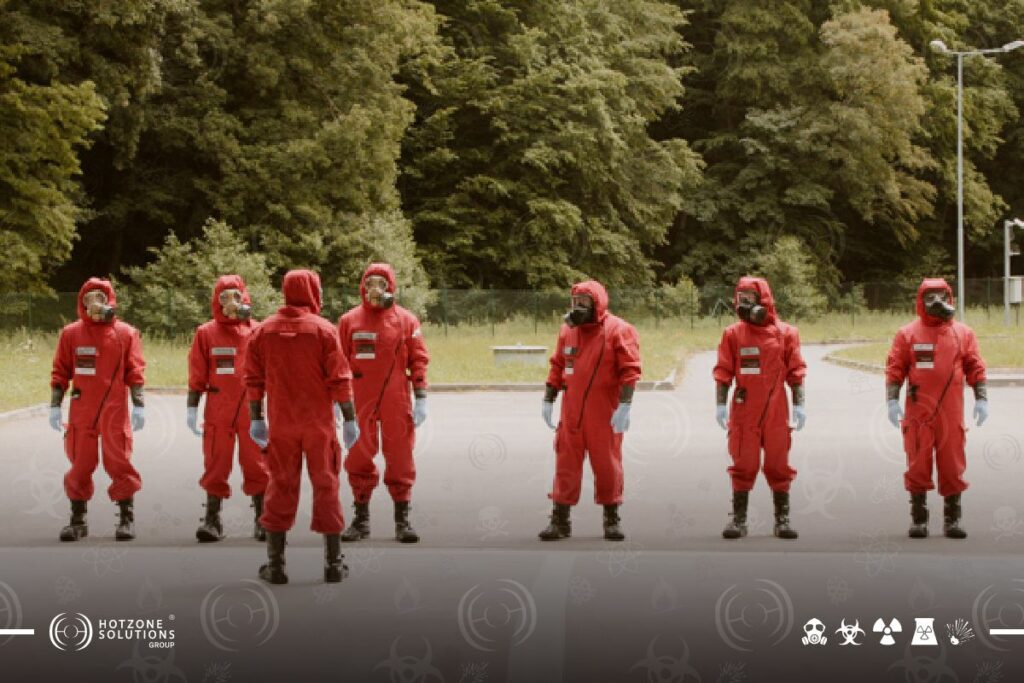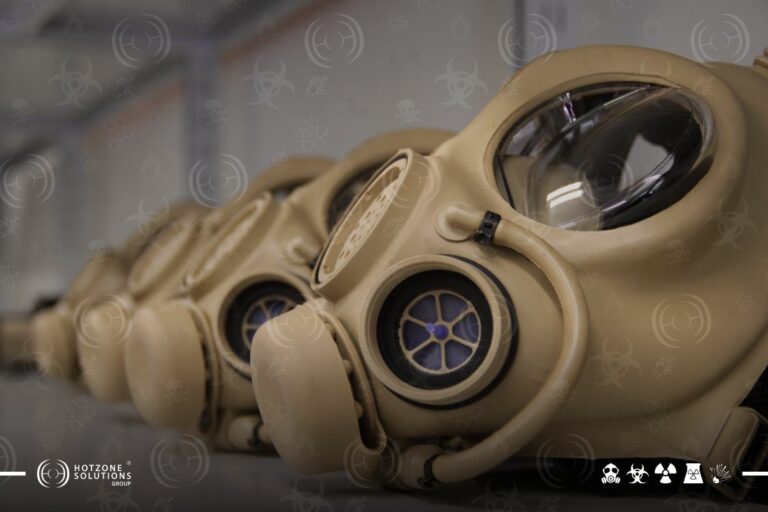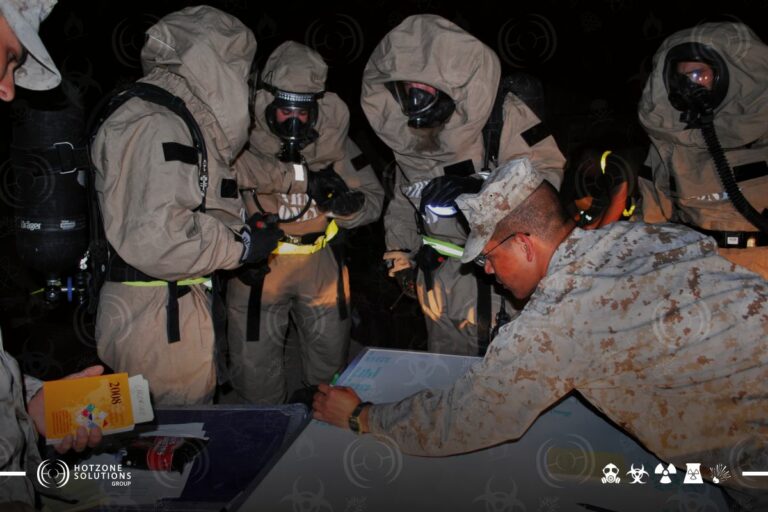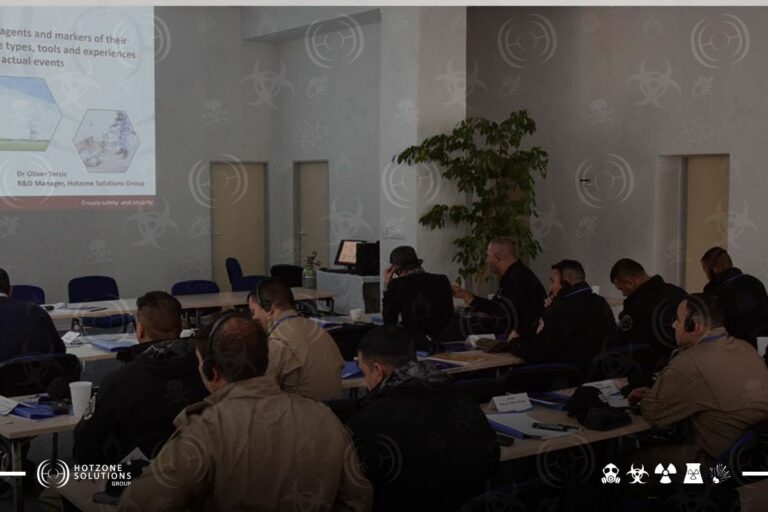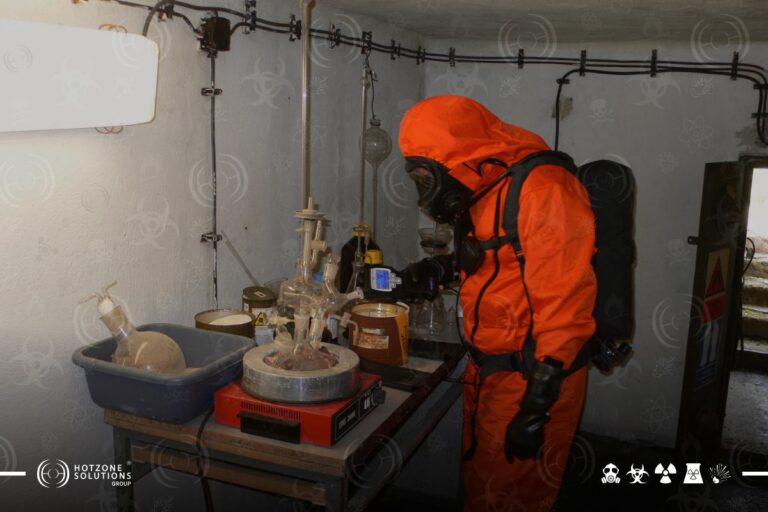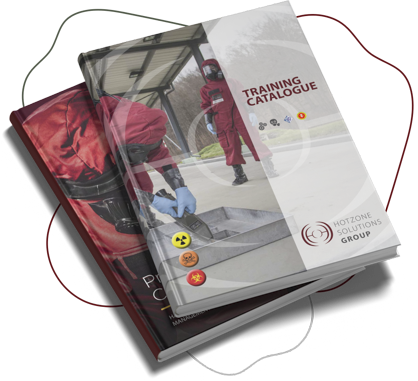How a sample is taken from the environment is key in identifying its composition and as such is tied to the analytical method employed to identify it.
There are many sampling methodologies, based on statistic processing, equipment and as well as ensuring the chain of custody if required
Key factors to determine a good sample include:
1. An understanding of the sample to be taken; natural / non-natural.
2. Concentrations and the effect of sampling equipment.
3. Sorption of the substance in relation to sample media.
4. Analytical interferences.
All this relates to the necessity to design and adhere to a structured sampling plan, our
Training focuses on taking the sample in the correct way and delivering it to the laboratory
Without loss .. In other words, as it was found.
Substances Used
Sampling practice will be done in the first instance with non-harmful substances and then
Controlled quantities of harmful substances commonly found in the environment using a
Selection of different matrixes; these include: –
- Pesticides
- Heavy metals
- Organic industrial solvents
- Polychlorinated biphenyl
- Asbestos sampling
- Depleted uranium
- Microbiological sampling (non-pathogenic)
- The matrixes which will be processed are: soil, water, air and silt in water.

